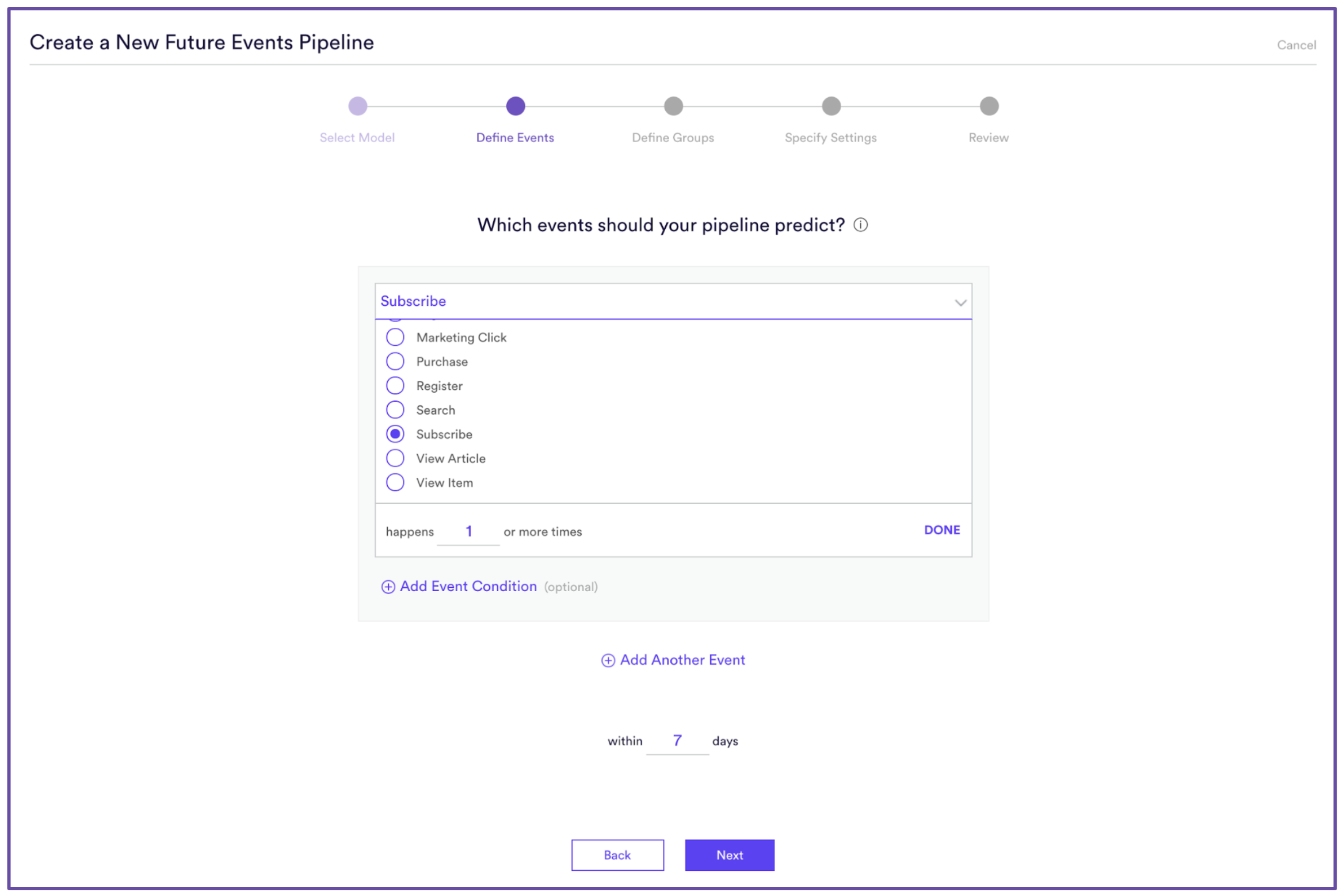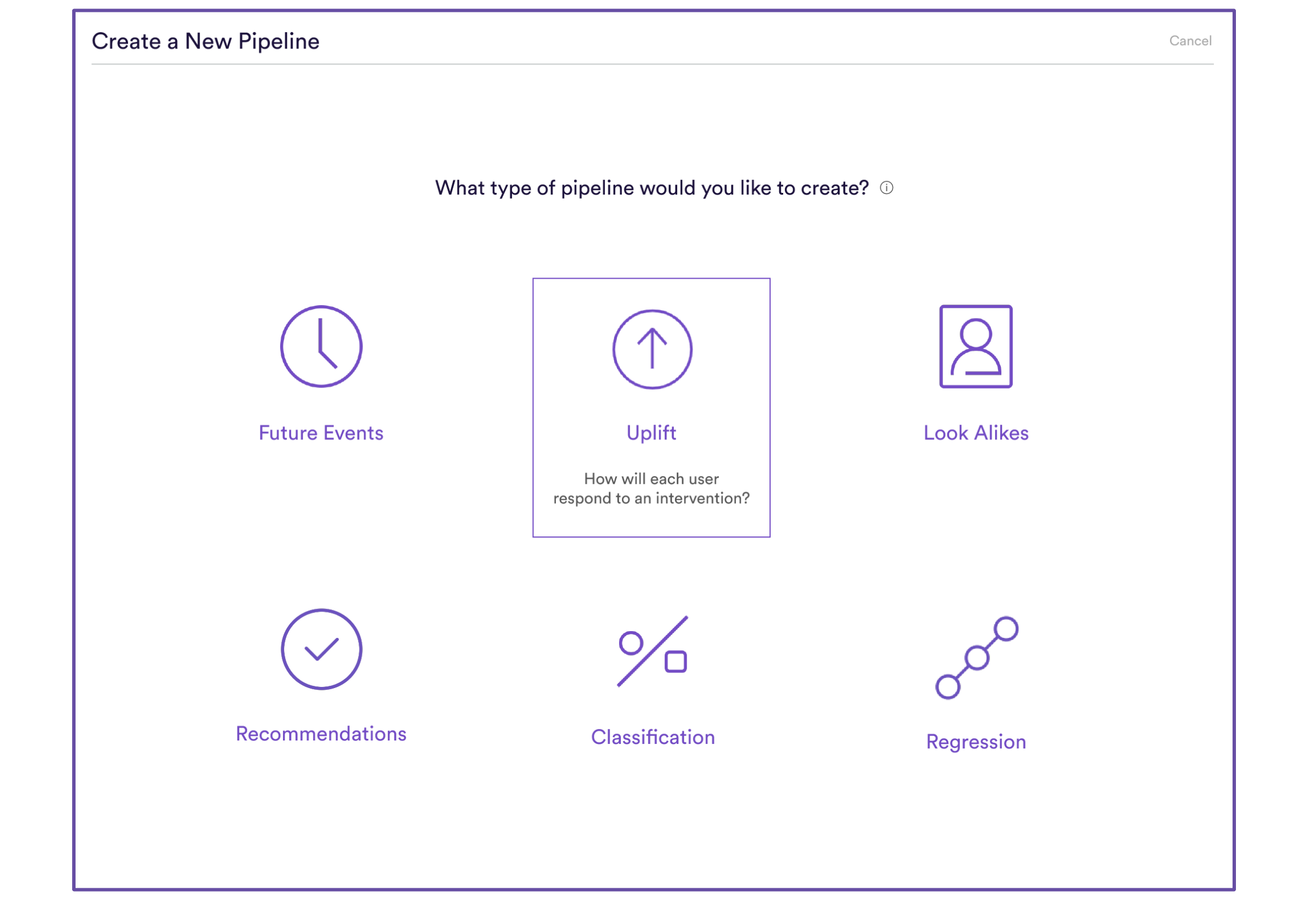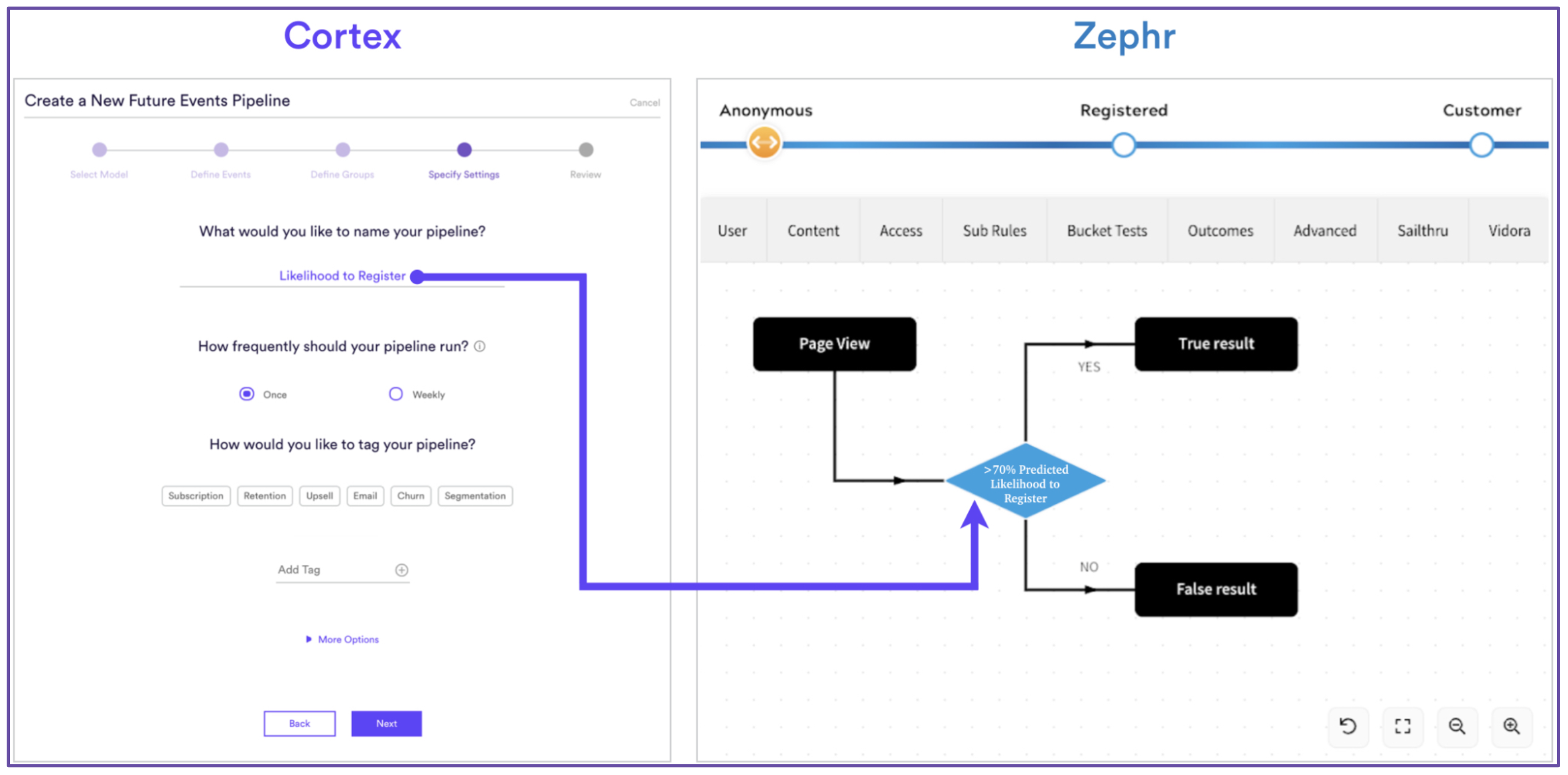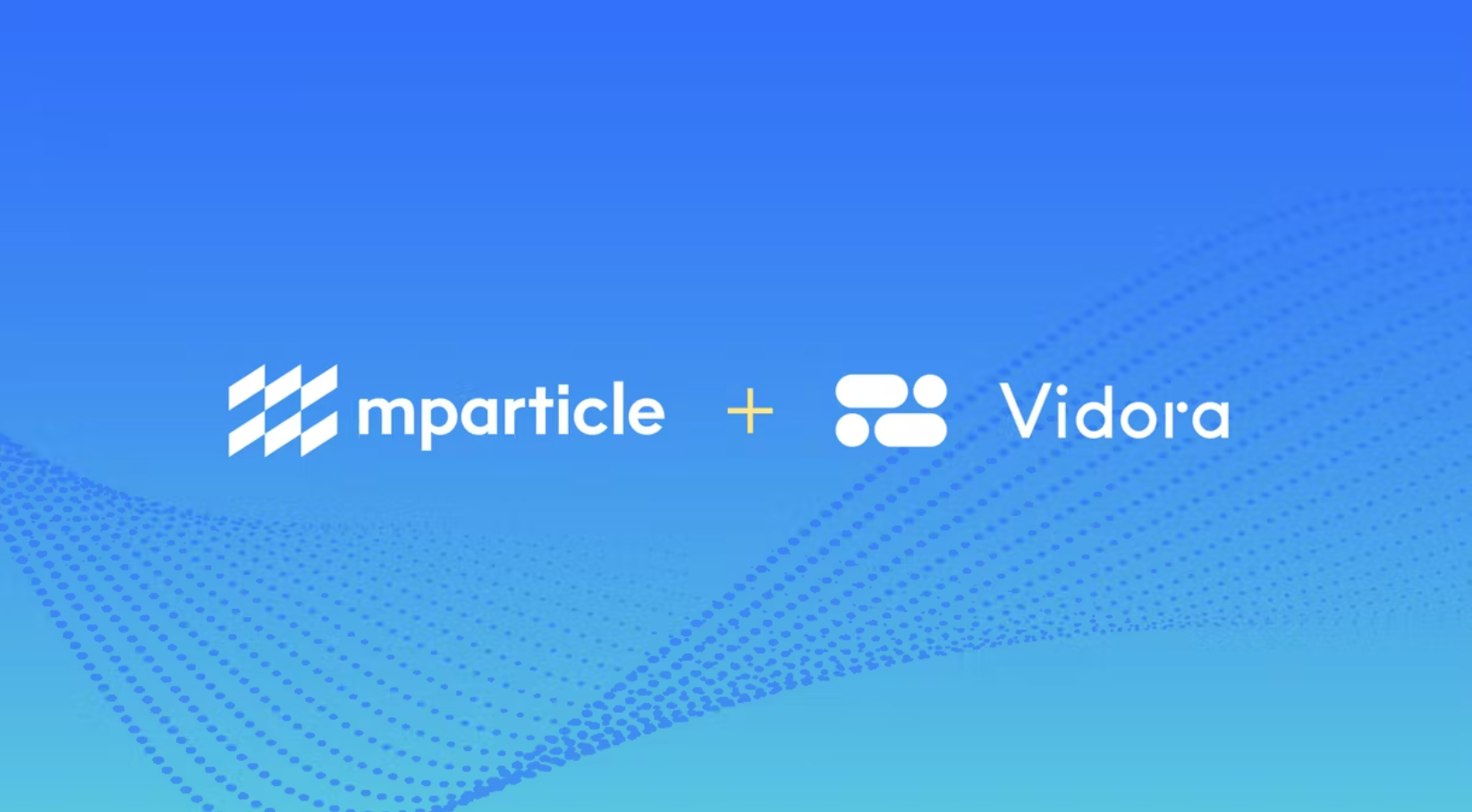
Acquiring new users and converting new users is the life-blood of any business. For subscription businesses balancing the cost of acquiring new users with the lifetime value of the user is the critical equation to ensure a healthy business.
But acquiring users is hard. Acquiring the right users is even harder. Acquiring the right users and converting them to subscribers is hardest of all.
Machine learning can help and act as a powerful ally. Machine learning allows your business to continuously optimize not only who you are targeting but also the user path for each user to ensure you are converting as many users as possible.
Some of the challenges facing subscription businesses include –
- Which users should I target?
- What offers should I make to each user?
- What user journey will optimally convert users?
Which Users Should I Target?
Look-Alikes and Classification Machine Learning Pipelines
Targeting users on DMPs usually involves building a segment of users based on specific criteria. For instance, if you are a media subscription service you might want to target users who have recently purchased a media subscription. These users may be in the right mindset to explore purchasing an additional service. Typically these types of segments are built by obtaining a “seed” set of users who exhibit the behavior (e.g. subscribed to a video subscription service recently) and then using that to find more users who look similar to that seed set. A “look-alike” or “classification” machine learning pipeline can be built to expand these seed sets to a larger group of users. Cortex provides both look-alike and classification models as high level machine learning pipeline types (see below).
Optimizing for Downstream Events – Future Events Machine Learning Pipelines
But, we can do better than building a segment of users that look like a seed segment. We can build users segments based on a prediction of what the user will do in the future. Will the user click on the promotion? Will the user have a high likelihood of converting once they reach the subscription paywall? Within Cortex these pipelines are known as “future event” pipelines. Any future event can be optimized for within Cortex making it a powerful platform to build and deploy segments predicting what users will do in the future.

What Offers Should Make to each user?
For marketers, it often makes sense to entice a user to sign up for a subscription service with a particular offer. Maybe you are offering 1 month free or maybe you are offering a 6-month discount if a user signs up in the next 2 weeks. Either way it makes sense to target the right users with the offer to maximize ROI.
Future Events Pipelines to Predict User Conversions
One approach would be to use a future events machine learning pipeline to predict who is most likely to sign up for your service and send them the offer. For the future events use case we would simply select the event we are interested in, namely signing up for a subscription, and then the machine learning will continually predict, for every user, their probability of signing up for the subscription.
Uplift Modeling to Predict who to Send an Offer To
Another approach to determine whom to send a promotion to is to use prescriptive modeling. Uplift modeling (here is a good introduction to Uplift Modeling) is a form of prescriptive modeling which provides guidance around the next-best-action to perform on each user. Uplift modeling will tell you how much the probability of a user subscribing will increase if they receive an offer. Some users won’t care if they receive an offer. Other users will care a lot. Uplift modeling will tell you the users who will care the most.

What User Journey Will Optimally Convert Users?
Once a user reaches your site and engages with your content, you will still need to convert them to a subscriber. You don’t want to lose them now! Machine learning can help here as well by learning which user path will optimize conversions for each user.
Typically machine learning pipelines like predicting a future action or prescribing (e.g. uplift modeling) are used to ensure that a user has the optimal user path. For instance one might want to show one user 5 free articles in a media subscription service before presenting a hard paywall while another user should see a hard paywall immediately. Machine learning will not only allow you to present each user with the optimal experience, but also continually learn based on the latest data to ensure that all future users are converted optimally.
Vidora recently partnered with another no-code platform Zephr to make integrating continually learning machine learning pipelines into the user experience easy. The partnership leverages Vidora’s low latency machine learning APIs to quickly route users on the optimal journey.

Making it Happen with Machine Learning
Machine learning is a powerful ally for marketing and product teams interested in both increasing the size of the lead funnel and also the conversion rate at each stage of the funnel. We’ve built Cortex with the marketing and product teams top of mind and Cortex aims to provide a comprehensive platform to help every business drive more value from their marketing spend.
We would love to share more. Please reach out with questions at partners@vidora.com or fill out our contact form below!
Contact
Contact us using the form below to learn more about Vidora. We’re excited to hear from you!


